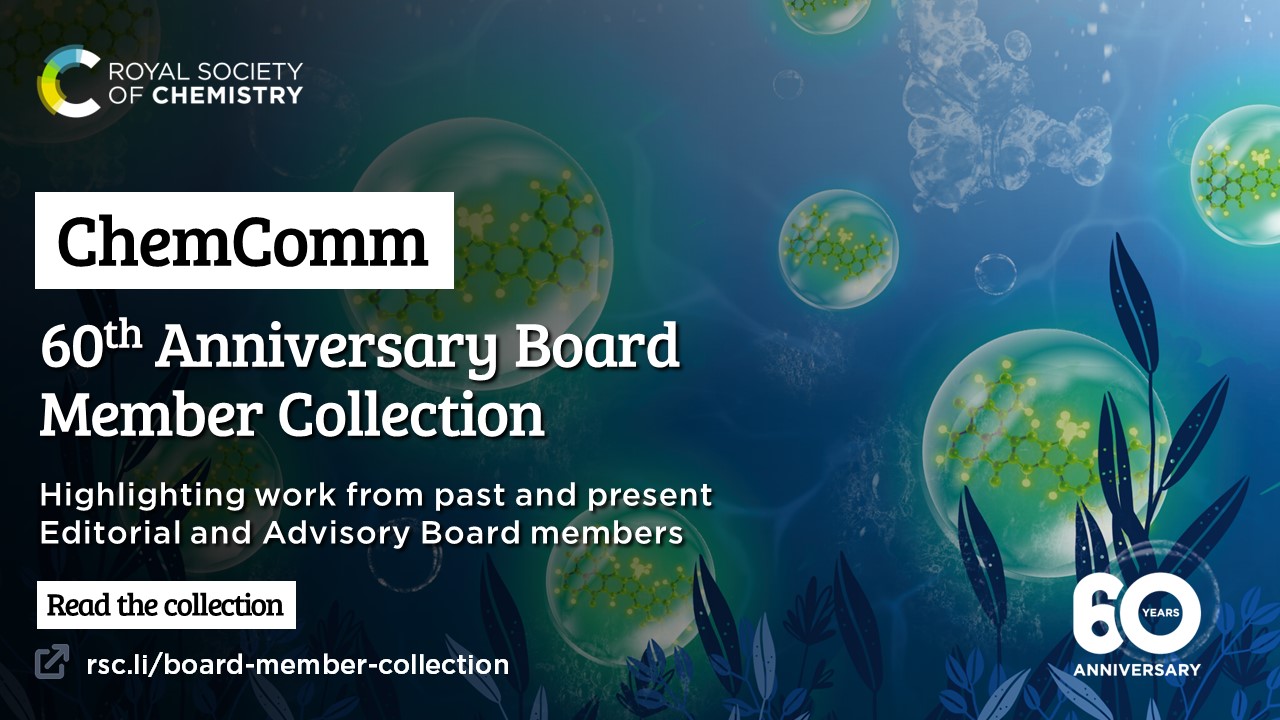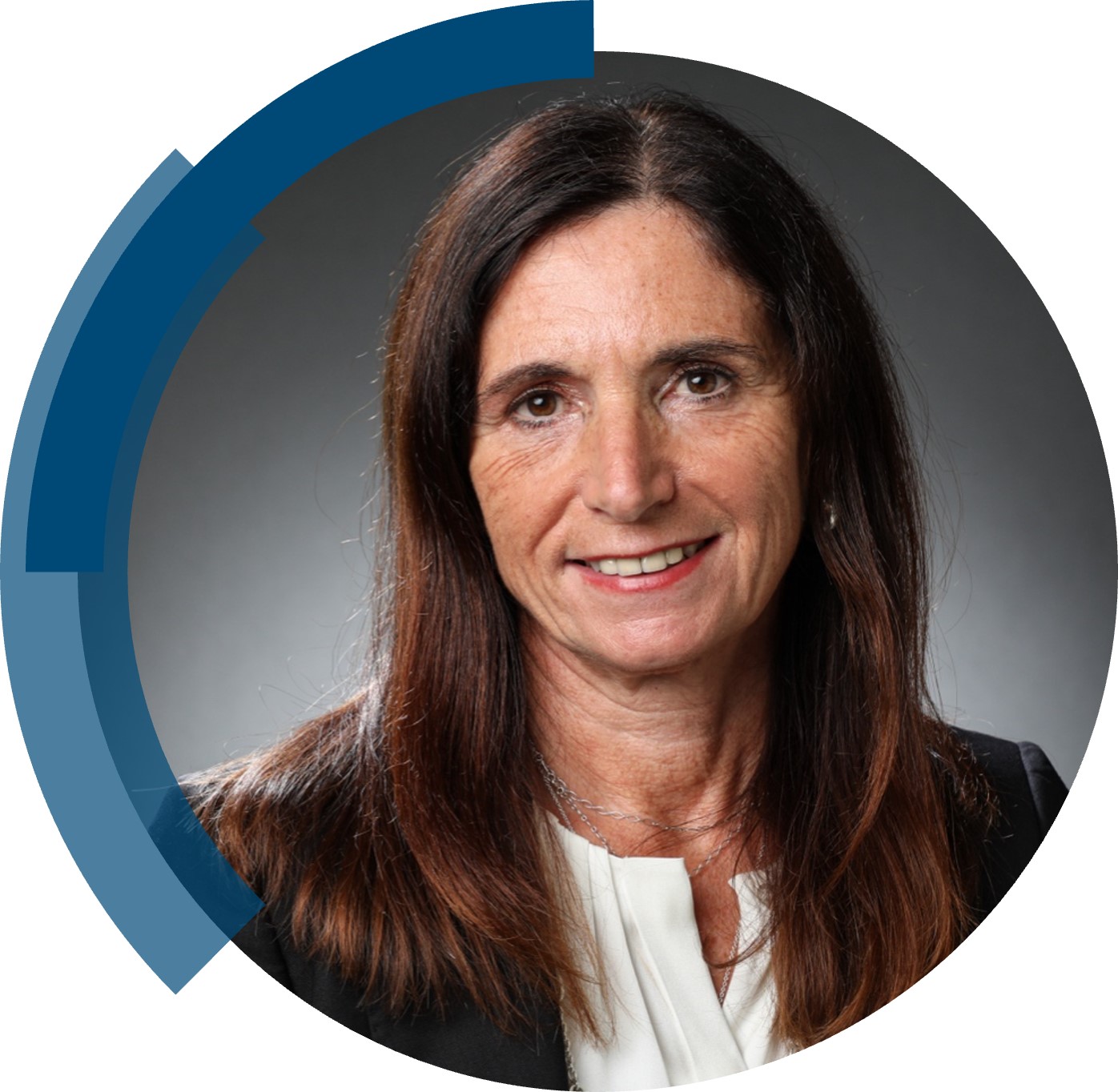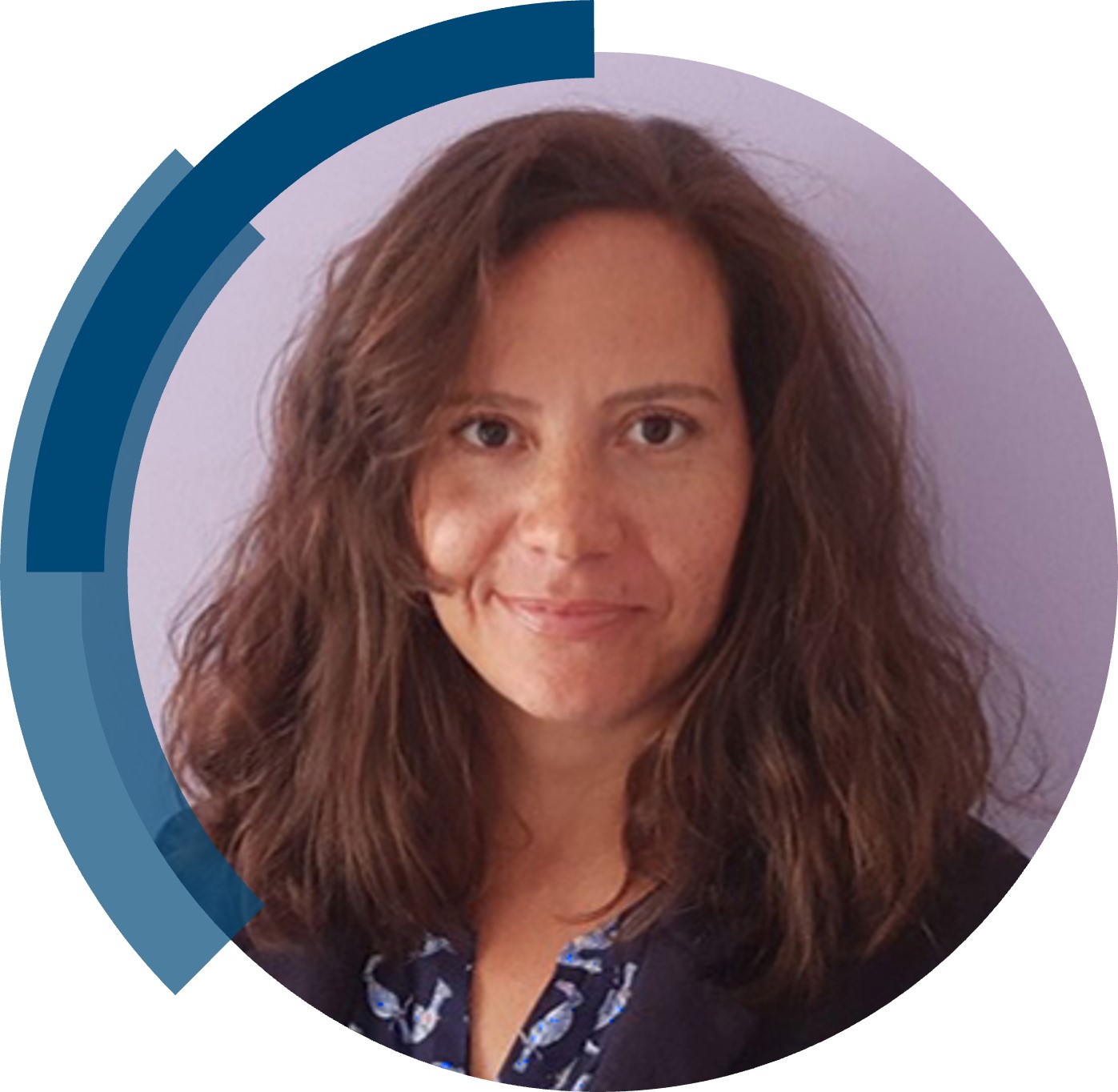We are excited to share the success of Abhijit Sau’s first-time independent article in ChemComm; “Deoxyfluorinated amidation and esterification of carboxylic acid by pyridinesulfonyl fluoride“ included in the full milestones collection.
Read our interview with Abhijit below.
What are the main areas of research in your lab and what motivated you to take this direction?
Primary focus of our lab lies in designing and synthesis of biologically active molecules of medicinal interest. We desire to explore catalysis and mechanisms in depth to extend the present understanding in the organic reaction. Currently, our goal is to develop efficient methodologies for stereoselective synthesis of small molecules including synthesis of different glycosides and sugar-functionalized bioactive compounds for pharmaceutical application. During my school days, I was always excited to draw new organic molecules in my notebook. The idea that fascinated me was the possibility that a molecule may not exist, but I could bring it to existence by synthesizing it. I can create libraries of molecules yet unknown to science. This excitement always drives me to pursue unique challenges in synthetic organic chemistry.
Can you set this article in a wider context?
The amide bond synthesis is one of the most used reactions in medicinal chemistry. In this article, 2-pyridine sulfonyl fluoride has been employed as a deoxy fluorinating reagent of carboxylic acids to acyl fluorides under mild conditions, followed by one-pot amidation and esterification. Moreover, it is a more atom-economic amide coupling reagent than commonly used chemicals. This finding will encourage the extension of the synthesis of organofluorine compounds, which are the essential intermediate in several chemical transformations.
What do you hope your lab can achieve in the coming year?
In the coming year, we would like to further explore deoxyfluorination method on carbohydrate chemistry. Our aim is to offer a sustainable process to access complex natural and unnatural organic molecules including glycohybrid structures for potential application.
Describe your journey to becoming an independent researcher.
I progressed as a researcher after joining at Bose Institute for doctoral studies (with Prof Anup Kumar Misra). Throughout this time, I was interested in new catalytic methods for organic reactions, including carbohydrate functionalization and different types of coupling reactions. I was fortunate enough to get further opportunities that enabled me to continuously explore this diverse area specialising in stereoselective synthesis of 2-deoxy glycosides (with Prof. M. Carmen Galan at the University of Bristol, Unite Kingdom) and modifying the chemical reactivity of organic molecule using physical tools vibrational strong coupling (with Prof. Joseph Moran, University of Strasbourg). In 2021, I started my independent research journey to further explore the deoxyfluorinated chemistry and synthesis of different type of bioactive molecules.
What is the best piece of advice you have ever been given?
My postdoc supervisor’s wise words – “Do slowly but surely”
Why did you choose to publish in ChemComm?
ChemComm is one of the most renowned and reputed chemistry journal. ChemCom has greatly supported organic synthesis, constantly pushing new horizons with exciting publications showcasing novel ideas and robust findings. The pleasant surprise was the fast-paced timescale ChemComm adhered to.
 |
Dr Abhijit Sau earned his BSc (2007) and MSc (2009) in Chemistry from Vidyasagar University, West Bengal, India. Subsequently, he carried out his doctoral research at Bose Institute, Kolkata with Prof. Anup Kumar Misra during 2009 – 2014. Moving forward, Dr Sau secured Johan Gadolin postdoctoral fellowship from Åbo Akademi University, Finland, in 2014. In 2015, he started working as a postdoctoral researcher with Prof M. Carmen Galan at the University of Bristol, United Kingdom. Afterward, he joined the Prof. Moran group at the University of Strasbourg, France, with the prestigious Marie Curie postdoctoral fellowship. He was recognized for his academic excellence and was awarded the Ramanujan Fellowship from SERB, India, to start his independent career at CSIR-IICT Hyderabad in 2021. Since April 2022, Dr Sau has been working as an Assistant Professor in the Department of Chemistry at IIT Hyderabad.
Webpage: https://iith.ac.in/chy/asau/ |
Explore more ChemComm Milestones news and updates on our X Feed (@ChemCommun) and LinkedIn (ChemComm Journal)















